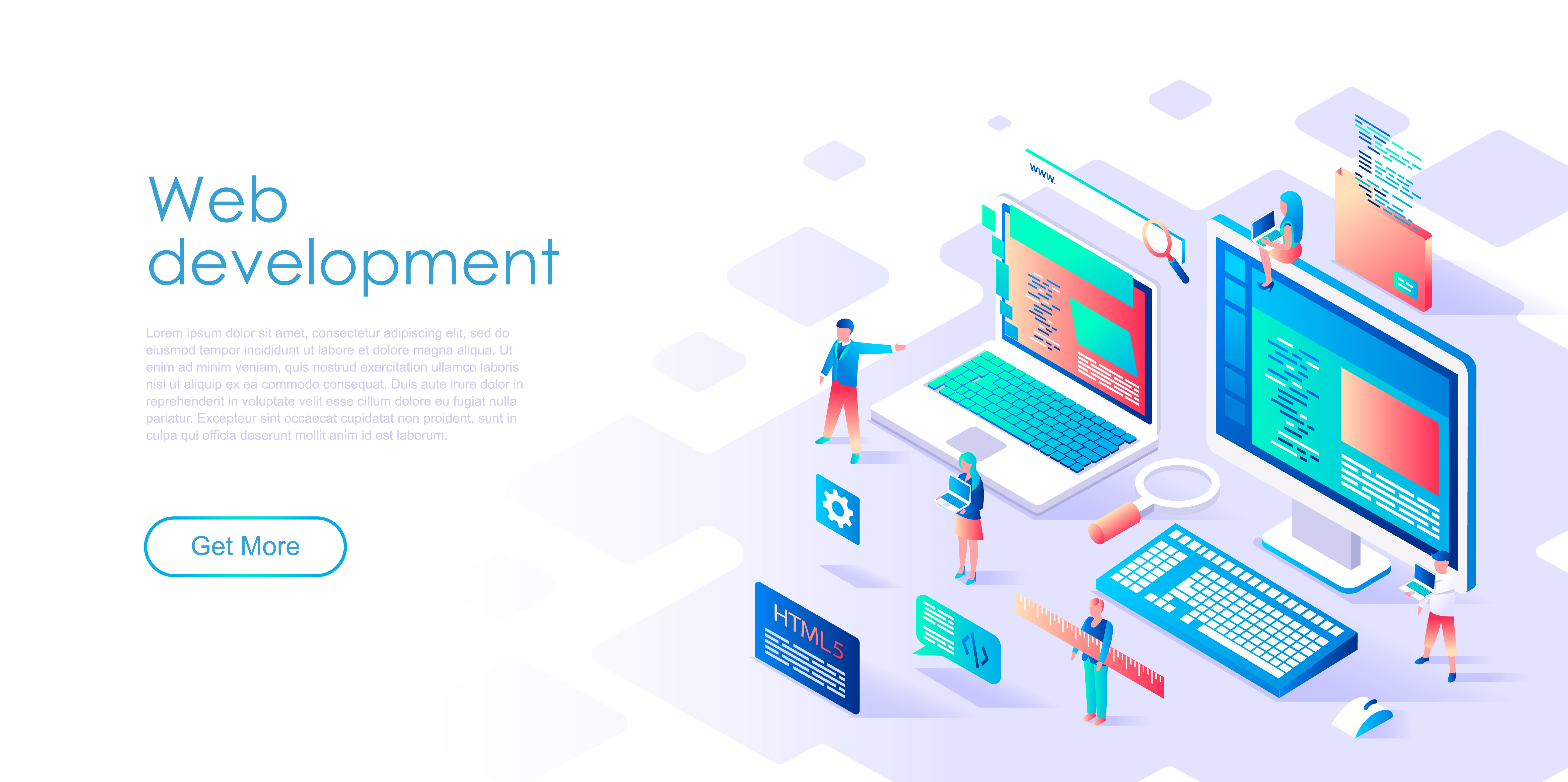
The digital landscape is evolving at a remarkable pace, giving rise to the next generation of the internet known as Web3. This new paradigm shifts the focus from centralized control to decentralized systems, fundamentally altering how users interact with technology and each other. With the advent of blockchain technology, decentralized finance, and user-generated content, Web3 Development is becoming crucial for innovators looking to unlock the full potential of this future.
As developers delve into Web3, they are not just creating applications but building ecosystems that empower users with ownership and control over their digital identities and assets. This transformative approach is redefining the rules of engagement in the digital world, offering unparalleled opportunities for creativity, collaboration, and community. Understanding the nuances of Web3 Development is essential for anyone interested in harnessing the capabilities of this revolutionary technology.
Understanding Web3 Concepts
Web3 represents the next evolution of the internet, transitioning from a centralized model to a more decentralized framework. At its core, Web3 leverages blockchain technology to empower users with greater control over their data and digital identities. Unlike Web2, where platforms hold user information and drive engagement through advertisements, Web3 aims to prioritize user privacy and autonomy, creating a more equitable internet landscape.
One of the fundamental concepts of Web3 is decentralization. This means that applications and services are built on peer-to-peer networks rather than relying on a single centralized authority. By distributing data and control across numerous nodes, Web3 enables enhanced security and resilience against censorship. Users have the ability to interact directly with smart contracts, facilitating automated transactions without intermediaries, thus streamlining processes and lowering costs.
Another crucial aspect of Web3 development is the concept of interoperability. This allows different blockchain networks and applications to communicate and share data effortlessly, providing a seamless experience for users. As developers build decentralized applications, they harness open standards that promote collaboration and innovation. This interconnected ecosystem fosters a thriving environment where ideas can flourish, ultimately contributing to the growth and adoption of Web3 technologies.
Key Technologies in Web3 Development
At the heart of Web3 development lies blockchain technology, which serves as the foundational layer for decentralized applications. Blockchains are immutable ledgers that facilitate secure and transparent transactions without the need for intermediaries. Ethereum is one of the most prominent platforms for Web3 development, offering smart contract functionality that allows developers to create complex decentralized applications. thirdweb Other blockchains, such as Binance Smart Chain, Solana, and Polkadot, have also gained traction, each with unique features that enhance scalability, speed, and interoperability.
Smart contracts are a critical component of Web3 development, allowing developers to automate and enforce agreements in a trustless environment. These self-executing contracts run on the blockchain and can facilitate everything from token sales to complex decentralized finance (DeFi) applications. By eliminating the reliance on third parties, smart contracts improve efficiency and reduce costs. Developers leverage various programming languages, such as Solidity and Rust, to write these contracts and deploy them on their chosen blockchain network.
Decentralized storage solutions further enhance Web3 development by addressing the challenges of data storage and ownership. Protocols like IPFS (InterPlanetary File System) and Arweave allow developers to store data in a distributed manner, ensuring that information remains accessible and secure. This decentralized approach contrasts sharply with traditional centralized storage solutions, promoting data integrity and user control over personal information. As Web3 continues to evolve, these technologies will play a vital role in shaping how applications are built and how users interact with the digital world.
Challenges and Opportunities in Web3
Web3 development presents unique challenges that can hinder adoption and innovation. Scalability remains a significant issue, as many blockchain networks struggle to support high transaction volumes without delays or increased fees. Security is another critical concern, particularly with the prevalence of hacks and vulnerabilities in decentralized applications. Developers must navigate a complex landscape of regulations, which can vary widely across jurisdictions, adding layers of uncertainty for projects aiming to grow and comply with legal standards.
Despite these challenges, Web3 offers exciting opportunities for collaboration and creativity. The decentralized nature of Web3 allows developers to create applications that empower users, granting them greater control over their data and digital identities. This shift can foster new business models and revenue streams, encouraging innovation in areas like finance, gaming, and social networking. The rise of decentralized finance (DeFi) and non-fungible tokens (NFTs) illustrates the potential for Web3 to transform traditional industries, attracting a growing community of developers and users alike.
As the ecosystem continues to evolve, developers have the chance to shape the future of the internet. Embracing open-source principles can lead to improved transparency and trust, fostering a supportive community dedicated to shared learning. Furthermore, as tools and frameworks for building Web3 applications mature, they will lower the barrier to entry for new developers. This democratization of technology may catalyze a wave of innovation, driving mainstream adoption and ultimately fulfilling the vision of a decentralized web.